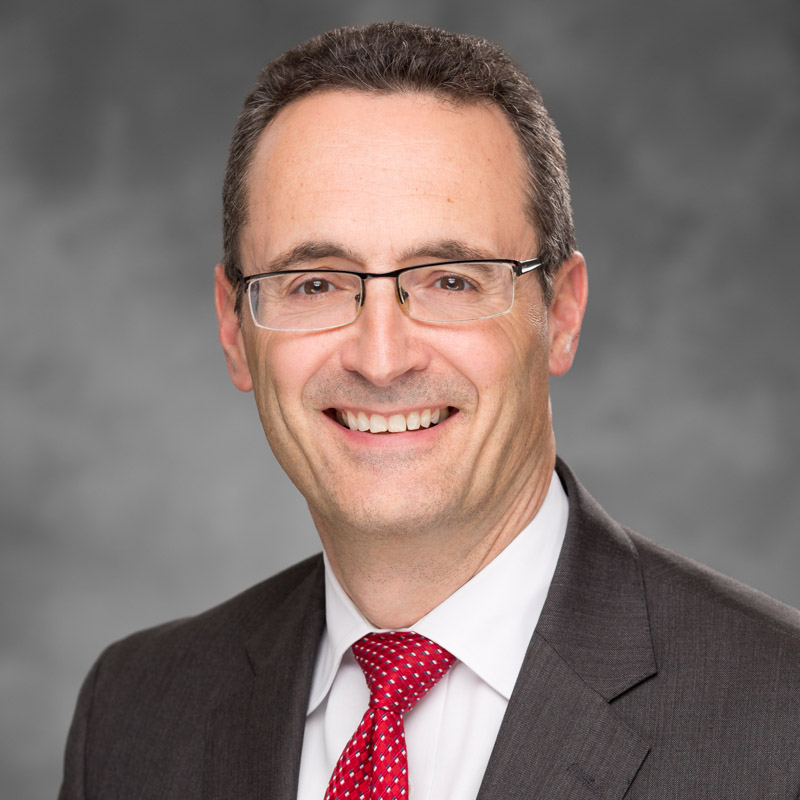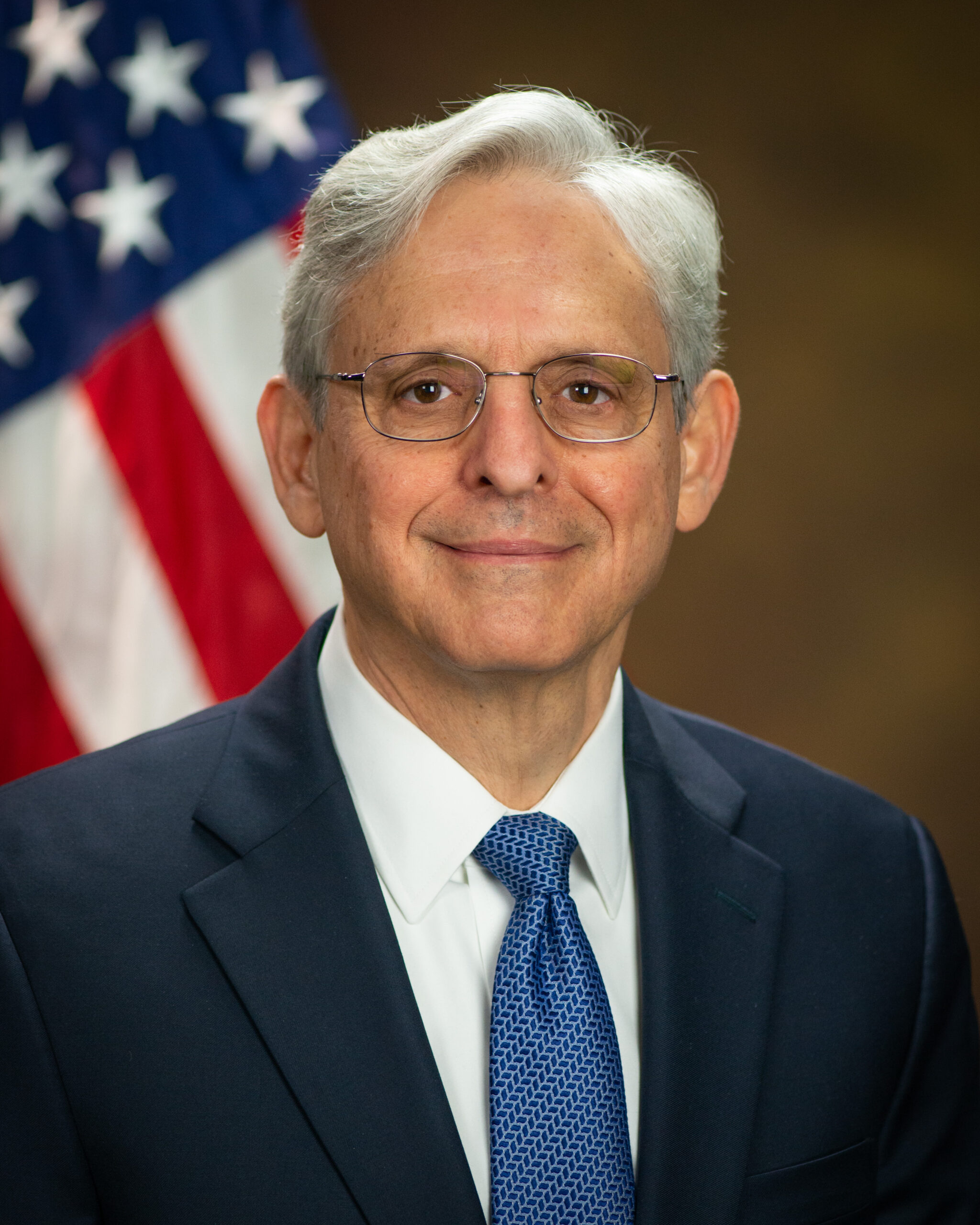Regulators and experts say CCOs & COOs should see the TD Bank case as an example of what not to do when fighting money laundering.
 As has been widely reported, TD Bank last week became “the largest bank in U.S. history” to plead guilty to Bank Secrecy Act (BSA) and anti-money laundering (AML) program failures, according to Merrick B. Garland, U.S. Attorney General.
As has been widely reported, TD Bank last week became “the largest bank in U.S. history” to plead guilty to Bank Secrecy Act (BSA) and anti-money laundering (AML) program failures, according to Merrick B. Garland, U.S. Attorney General.
TD Bank N.A. and its parent company TD Bank US Holding Company pleaded guilty to resolve the U.S. Justice Department’s investigation into these violations.
The guilty pleas “are part of a coordinated resolution with the Board of Governors of the Federal Reserve Board (FRB), as well as the U.S. Treasury Department’s Office of the Comptroller of the Currency (OCC) and Financial Crimes Enforcement Network (FinCEN),” according to the Justice Department.
Court documents show that “between January 2014 and October 2023, TD Bank had long-term, pervasive, and systemic deficiencies in its U.S. AML policies, procedures, and controls but failed to take appropriate remedial action. Instead, senior executives at TD Bank enforced a budget mandate,” according to Justice Department officials. The “flat cost paradigm” budgeting undercut the bank’s AML strategies.
“As bank employees acknowledged in internal communications, these failures made the bank an ‘easy target’ for the ‘bad guys.’ These failures also allowed corrupt bank employees to facilitate a criminal network’s laundering of tens of millions of dollars,” says Nicole M. Argentieri, principal assistant Attorney General and head of the Justice Department’s criminal division, in a statement.
As part of the process, TDBNA will pay:
— $1.8 billion to the Justice Department;
— $1.3 billion to FinCEN; and
— $123.5 million to the Federal Reserve Board
In a statement, TD Bank Group officials are taking “full responsibility for U.S. AML program failures.” They add that they are working closely with regulators and authorities “to bring money launderers to justice.”
The bank will also:
- Make “a total payment of approximately US$3.09 billion, largely covered by previous provisions of US$3.05 billion;”
- Remediate the bank’s U.S. AML program, “broadly aligned to its existing remediation program, which is progressing steadily under the direction of its new U.S. AML leadership team;”
- Prioritize the “funding and staffing of the remediation, which is already in place;” and
- Agree to a formal oversight of the AML remediation through a monitorship.
The bank has also agreed to a growth cap where the “total assets of TD’s two U.S. banking subsidiaries (TD Bank, NA and TD Bank USA, NA) … cannot exceed US$434 billion (total assets as of September 30, 2024); the limitation does not apply to TD Securities or any of the bank’s Canadian or other global businesses.”
“This is a difficult chapter in our bank’s history. These failures took place on my watch as CEO and I apologize to all our stakeholders,” said Bharat Masrani, group president and CEO, TD Bank Group, in a statement.
“We have appointed new leaders across our U.S. operations, overhauled our U.S. AML team, and prioritized investments to drive the required changes,” says Alan MacGibbon, chair of the board, TD Bank Group, in a statement.
Industry observers note that financial services firms can do much to avoid a situation similar to TD Bank’s. They can properly fund AML and BSA compliance programs, stay on top of standard operating procedures and AML protocols, and exert the right oversight.
“Every bank compliance official in America should be reviewing today’s charges as a case study of what not to do. And every bank CEO and board member should be doing the same. Because if the business case for compliance wasn’t clear before — it should be now,” says Lisa Monaco, Deputy Attorney General of the United States, in a statement.
For many firms, the business case for compliance would start with a review of their AML/BSA strategies.
Global Financial Integrity (GFI), a Washington, DC-based think tank focused on “illicit financial flows, corruption, illicit trade and money laundering” notes that money laundering can be broken down into three stages:
- Placement — the initial entry of illicit money into the financial system;
- Layering — the process of separating the funds from their source, often using anonymous shell companies; and
- Integration — the money is returned to the criminal from a legitimate-looking source.

Tom Cardamone
Tom Cardamone, president and CEO of GFI, says that once banks adopt and adhere to the right policies, they can quickly spot potential internal conspiracies, red flags, and other signs.
“Financial institutions should have policies in place which require successive layers of oversight of their AML compliance programs including internal audit procedures to ensure the compliance programs are being executed as required. Simple spot checks of transactions would have produced numerous red flags that compliance staff were flouting compliance rules,” Cardamone says.
As for AML programs, regulatory reporting requirements, suspicious transaction reports (STRs), and CTRs, financial services firms can easily manage them, Cardamone says.
The BSA “has been in place for over 50 years. This is not a set of new regulations that financial institutions are just getting used to. Financial institutions should be able to file STRs and CTRs in their sleep. These are not difficult requirements to stay on top of,” he says.
Cardamone says compliance staff, chief operating officers (COOs), and other executives have a key lesson to learn.
“COOs must build a culture within the institution that understands and reinforces the need for strong AML compliance procedures. Financial institutions are the first line of defense against money laundering and that responsibility should be taken seriously,” he adds.

Merrick Garland
Many industry observers say the regulators need to indict the internal staff breaking the law and Cardamone agrees.
“As harsh a penalty as TD Bank received, cold steel on wrists would certainly focus the attention of COOs of financial institutions,” he says.
Garland implied that there may be indictments to come: “Let me be clear: our investigation continues, and no individual involved in TD Bank’s illegal conduct is off limits.”
Need a Reprint?